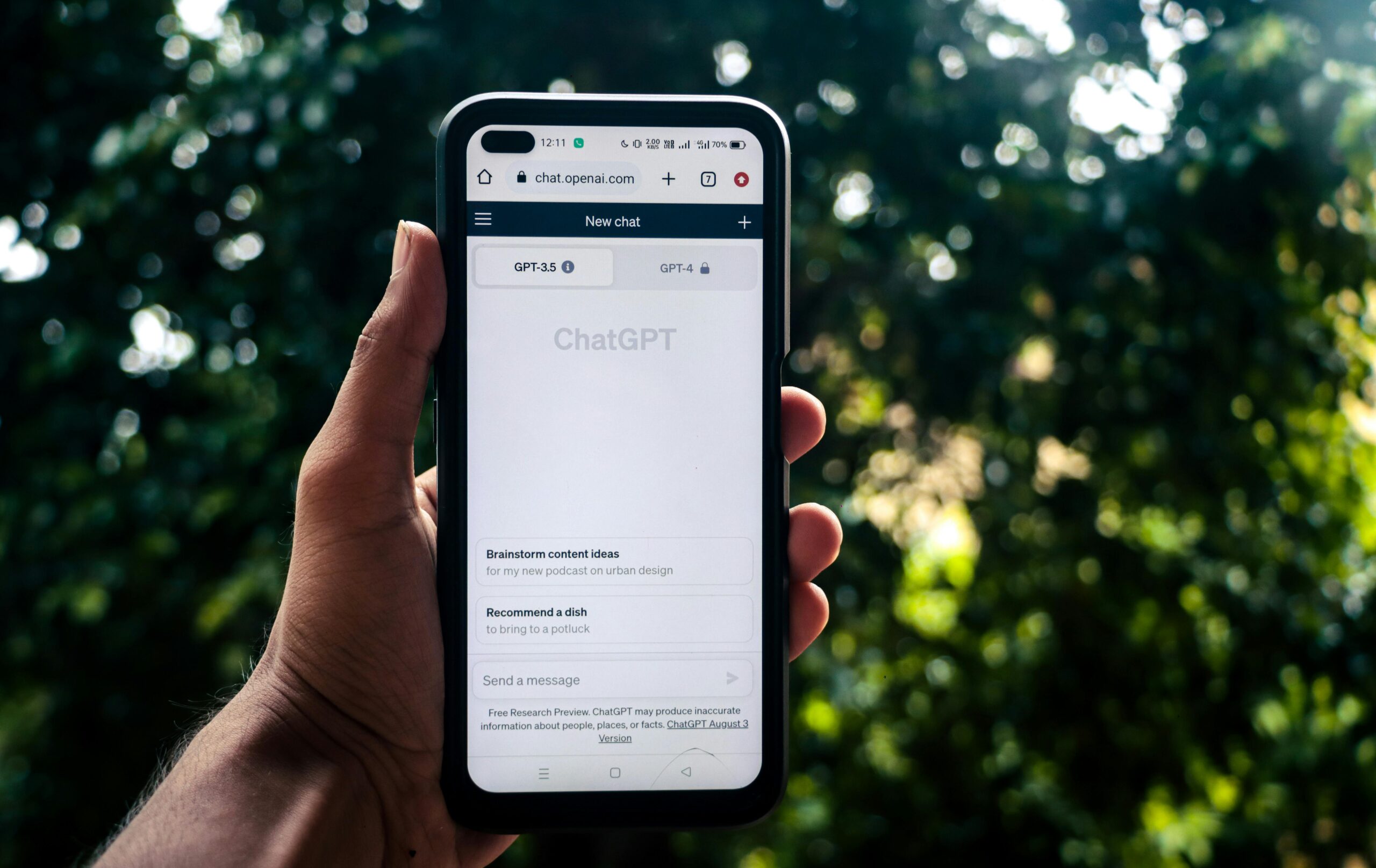Nonprofit Marketing Trends for 2025
- Trend 1: Personalized Marketing Strategies
- Trend 2: Zero-Click Searches
- Trend 3: Video Content Dominance
- Trend 4: AI and Automation
- Trend 5: Virtual and Hybrid Events
- Trend 6: Sustainable Practices in Marketing
- Trend 7: Encouraging Micro-Donations with Innovation
- Trend 8: Privacy & Transparency Build Trust
- Trend 9: Building Sustainer Programs
- Trend 10: Collaboration and Partnerships
- Stay Ahead in the Nonprofit World
- FAQ
- What is the 33 1/3 rule for nonprofits?
- What do nonprofits struggle with the most?
- What are the top social media nonprofit marketing trends for 2025?
- Which nonprofit trends will matter most in 2025?
- How can we better inform funders about the unique nature of nonprofit impact?
- What are the emerging trends in nonprofit technology for 2025?
With all the changes coming down the pipeline for 2025, staying ahead of the curve in the nonprofit sector has never been more critical. Putting aside swings in national policies and federal funding, nonprofit organizations must adapt their marketing strategies to evolving technologies, shifting donor behavior, and an increasingly competitive landscape to remain effective and relevant.
This comprehensive guide explores the 10 key nonprofit trends for 2025 and how nonprofit leaders and marketers can harness them to maximize donor engagement, increase advocacy, optimize fundraising efforts, and build stronger communities.

Trend 1: Personalized Marketing Strategies
Personalization has become more than a luxury—it’s an expectation. Three-quarters of consumers now feel frustrated if their website experience isn’t personalized to their needs, and 72% say they only engage with personalized messaging.
And it’s true: personalized messages improve open rates, increase donor retention, and foster stronger connections. That’s why you should make it a goal to personalize your nonprofit marketing messages to specific demographics in 2025. Nonprofit organizations can use data analytics to tailor their outreach and create meaningful connections with supporters.
What It Looks Like:
- Use CRM (Customer Relationship Management) tools to segment your audience.
- Invest in systems that allow you to build customized messaging for your audience, regardless of channels, like HubSpot (which offers a 40% discount to nonprofits!).
- Send personalized emails acknowledging past contributions and tailoring future asks. Send birthday wishes to recurring donors or event invites based on past participation.
- Utilize programmatic advertising and highly segmented lists to deliver creative campaigns targeted specifically to on-the-fence members of your target audience.
Trend 2: Zero-Click Searches
Most nonprofit marketers already understand the value of content marketing. In fact, according to one survey, 92% of them already use it, and 65% have increased the pace of their content production.
But what do you do when Google makes it easier than ever for people to find the answers they’re looking for without even clicking on your content? Google searches increasingly provide answers directly on the results page, called zero-click searches. These include features like Google’s Featured Snippets or People Also Ask boxes.
Nonprofits have to rethink their content marketing strategies and up their game through higher-quality content if they’re going to succeed in this environment. You need to make sure your cause stands out even before the click.
What It Looks Like:
- Optimize content for featured snippets using concise, FAQ-like sections.
- Utilize structured data to enhance search visibility.
- Invest more in high-quality content that educates and inspires.
- Every piece of content should give your audience insight into your cause or provide a takeaway that helps them solve their pain points.
Tip: Content marketing is still essential. Even if someone doesn’t click immediately, providing clear, educational content builds trust, positioning your organization as an authority in your field.
“We need really good storytelling embedded into our organization. It’s not just Marketing’s job anymore, it’s everyone’s.”
– Justine Burke, VP of Marketing at Metropolitan Ministries
Trend 3: Video Content Dominance
As of the start of 2025, video content makes up over 82% of internet traffic, and nonprofit professionals can’t ignore its power. From emotional storytelling to behind-the-scenes operations, videos can humanize your mission and increase engagement.
Videos work particularly well for nonprofits because they let you tell your story clearly and vividly. What better way to demonstrate what your organization does than by interviewing the people you’ve helped or by showing footage of volunteers in action? A behind-the-scenes video of your organization at work or a feature about the impact of nonprofit fundraising can powerfully convey your organization’s mission and create a personal and emotional connection with viewers.
What It Looks Like:
- Utilize TikTok and Instagram Reels, which are popular among Gen Z and millennials and offer short, engaging formats.
- Live video remains impactful for events, webinars, and fundraisers.
- Use storytelling to highlight community building. Share a heartfelt donor story or showcase how your organization impacts the community. Remember, authenticity wins.
Quick Tip:
Don’t forget about the power of live streaming, either. More than 150 million people watch livestream videos every month. For inspiration, check out the Children’s Miracle Network Hospitals’ Extra Life campaign, which has generated millions of donations through the power of live streams.

Trend 4: AI and Automation
Artificial Intelligence (AI) and automation tools are now crucial for nonprofit operations, enabling nonprofits to function more efficiently with limited resources.
What It Looks Like:
- Use AI chatbots for donor inquiries, streamlining the donation process.
- Automate repetitive tasks like data entry or sending email campaigns to focus on strategy.
- Apply AI in data analytics to predict trends in donor behavior and adjust fundraising strategies accordingly.
Action Step:
Invest in AI-powered tools that fit your organization’s size and focus, like Salesforce or ChatGPT integrations for donor support.
Trend 5: Virtual and Hybrid Events
The pandemic transformed in-person gatherings, ushering in the era of virtual events. And while in-person events have made a huge comeback, you can’t forget the valuable addition of virtual events and webinars. Alongside hybrid formats, which combine digital and in-person elements, these remain highly effective.
Applications:
- Leverage tools like Zoom or Hopin for virtual fundraising events and webinars, but create new avenues of engagement and immersion, such as live polling, game-like elements like scavenger hunts, in-depth panels that go beyond just scratching the surface, and 3D immersive spaces.
- Use hybrid setups for galas, allowing participants to attend remotely while engaging local communities face-to-face.
- Keep your users’ attention with easy-to-follow online sessions with high-quality audio and video, and don’t be afraid to throw a bit of humor in your presentation!

Trend 6: Sustainable Practices in Marketing
Nonprofits are increasingly being called upon to lead by example in environmental responsibility. Your marketing materials should reflect that fact through both the medium and the messaging.
Examples:
- Use eco-friendly communication strategies, such as reducing print collateral in favor of digital outreach.
- Ensure your marketing messaging aligns with your sustainability goals to reinforce consistency and authenticity.
- Share stories about your organization’s green initiatives to build credibility and appeal to potential donors interested in climate-focused causes.
Trend 7: Encouraging Micro-Donations with Innovation
How easy is your donation process for new and existing members of your nonprofit? The answer to that question could change how you think about the process.
Micro-donations provide opportunities to engage new donors, making charitable giving accessible to a broader audience. Small donations matter; it’s not all about major gifts. Platforms such as Facebook fundraisers have proven that countless small contributions can lead to massive impact. Make them easy, fast, and mobile-friendly.
What It Looks Like:
- Voice search donations powered by smart assistants like Alexa
- One-click buy opportunities similar to Amazon’s button that leverage technology like PayPal, Google Pay, and Apple Pay
- Social media fundraisers that allow you to donate without ever leaving the platform (Utilize your social channels for things like #GivingTuesday!)
- Allow giving using crypto and other non-traditional financial methods
- Donations via text messaging, right from mobile devices
Trend 8: Privacy & Transparency Build Trust
Donors are increasingly concerned about how their data is used. Transparent policies and ethical practices can significantly strengthen trust.
Key Points:
- Be upfront about your data collection policies.
- Share how funds are allocated in detailed reports.
- Invest in secure systems to protect supporter information.
- Leverage transparency as a trust-building tool to secure loyal donors and funders.
Trend 9: Building Sustainer Programs
Lapsed donors should be among your most important audiences. However, it still doesn’t quite reach the highest priority group: your sustainers, the reliable every-year givers who make up the foundation of your fundraising strategy. As audiences narrow, this group should become your bread and butter.
Recurring giving programs provide nonprofits with a predictable revenue stream, enabling better financial planning.
How to Grow:
- Regularly engage sustainers with exclusive updates and benefits.
- Use creative campaigns that demonstrate the tangible difference recurring contributions can make.
- Invest effort into donor engagement to retain current sustainers while converting first-time contributors.
Trend 10: Collaboration and Partnerships
Strategic partnerships with like-minded brands, influencers, or initiatives can amplify your cause and enhance community engagement.
Ideas:
- Partner with influencers or thought leaders on platforms like LinkedIn or Instagram.
- Collaborate with local businesses for in-kind sponsorships during fundraising campaigns.
- Highlighting partnerships increases reach and showcases your value to the larger community.
Stay Ahead in the Nonprofit World
Nonprofit marketing is more than just a strategy—it’s the lifeline that connects your mission with the people who can support it. By staying ahead of trends, adopting new technologies, and fostering authentic relationships with your donor base, you can amplify your impact in 2025 and beyond.
FAQ
What is the 33 1/3 rule for nonprofits?
The 33 1/3 rule encourages nonprofits to diversify their funding sources. Ideally, one-third of revenue comes from donations, another third from grants, and the final third from earned income. This strategy sustains operations and reduces risk.
What do nonprofits struggle with the most?
Nonprofits often face challenges with funding, retaining donors, staffing shortages, and demonstrating measurable impact. Balancing operational needs with mission-driven work can be especially difficult.
What are the top social media nonprofit marketing trends for 2025?
Key trends include using TikTok for storytelling, leveraging LinkedIn for partnerships, and creating video series on Instagram Reels to engage younger audiences like Millennials and Gen Z.
Which nonprofit trends will matter most in 2025?
Sustainability, data integration for donor management, authenticity in storytelling, and advanced automation tools will be central to nonprofit success in 2025.
How can we better inform funders about the unique nature of nonprofit impact?
Use data and storytelling to highlight your nonprofit’s outcomes. Pair quantitative metrics with qualitative stories to show your work’s measurable and personal impact.
What are the emerging trends in nonprofit technology for 2025?
Key technologies include AI-powered chatbots for donor interaction, CRM systems for donor retention, and tools for automating personalized email campaigns. Live streaming platforms and virtual reality (VR) are also gaining traction for events and donor engagement.



